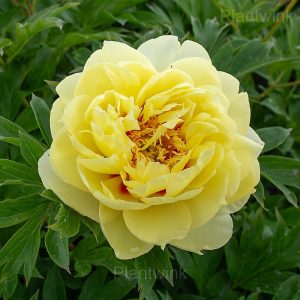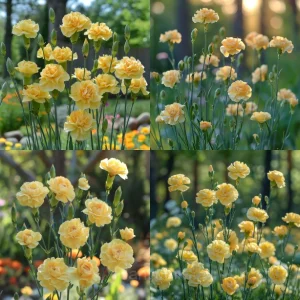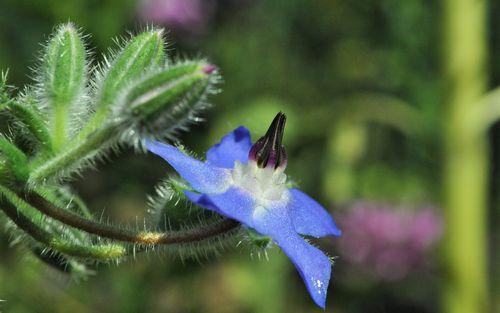Celastraceae is a fascinating family of plants with a rich history. One interesting story involves the Chinese herbal medicine, Celastrus orbiculatus, which is commonly known as the “Chinese bittersweet.” This plant was traditionally used to treat rheumatism and inflammation, but it has also been found to have potential anticancer properties. Another fascinating aspect of Celastraceae is its role in the cultural history of the Americas. The bark of the North American species, Celastrus scandens, was traditionally used by Native Americans in the southeastern United States to treat a variety of ailments, including headaches and fever. Overall, Celastraceae is a family of plants with a rich history and fascinating stories to tell.
Picture
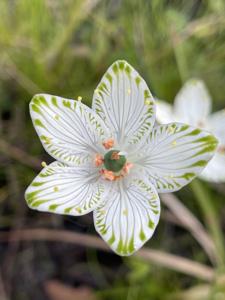
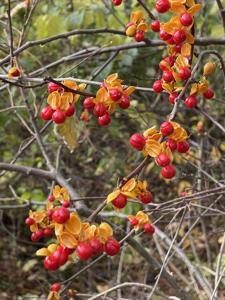
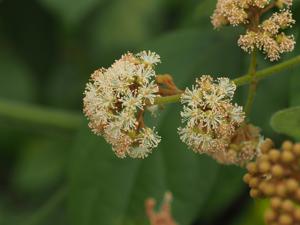
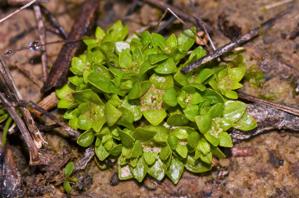
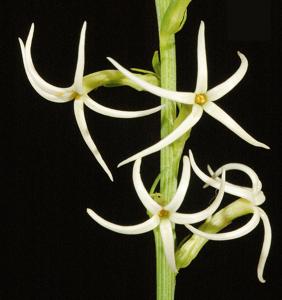
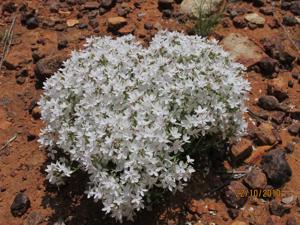
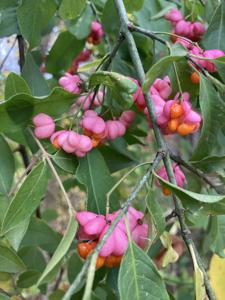
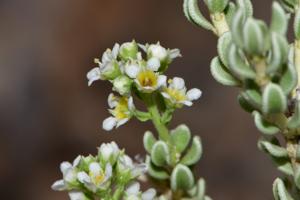
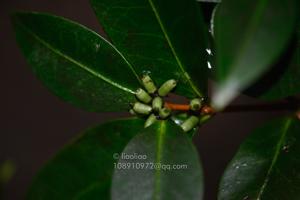
Plant some seeds now!
Short Description
The Celastraceae (staff-vine or bittersweet) are a family of 98 genera and 1,350 species of herbs, vines, shrubs and small trees, belonging to the order Celastrales. The great majority of the genera are tropical, with only Celastrus (the staff vines), Euonymus (the spindles) and Maytenus widespread in temperate climates, and Parnassia (bog-stars) found in alpine and arctic climates.
Of the 97 currently recognized genera of the family Celastraceae, 19 are native to Madagascar and these include at least 57 currently recognized species. Six of these 19 genera (Brexiella, Evonymopsis, Hartogiopsis, Polycardia, Ptelidium, and Salvadoropsis) are endemic to Madagascar. The genera Celastrus, Euonymus, Maytenus, Salacia, and Tripterygium are a few better-known genera. These genera each have distinctive traits and functions of their own.
